Red chili flakes deliver seven science-backed health benefits: they boost metabolism by 4-5%, reduce cardiovascular risks by 13%, provide concentrated antioxidants, stimulate digestion, modulate pain pathways, trigger endorphin release, and preserve unique flavor compounds. Unlike fresh chilies, properly processed flakes offer consistent heat (0.83mg capsaicin per gram) and enhanced bioavailability of active compounds. For optimal results, use 1/8-1/4 teaspoon daily added to dishes at 140°C (284°F) for maximum health impact without bitterness.
Why Red Chili Flakes Outperform Fresh Chilies for Health Benefits
While fresh chilies get most attention, red chili flakes provide superior health benefits due to their concentrated compounds. The drying process increases capsaicin content by 168% compared to fresh chilies (0.83mg vs 0.31mg per gram) while creating 19 additional beneficial compounds. This concentration delivers measurable physiological effects with smaller quantities, making flakes more efficient for daily health support. Unlike fresh peppers whose potency varies by growing conditions, quality flakes offer consistent Scoville units per serving - crucial for reliable health outcomes.
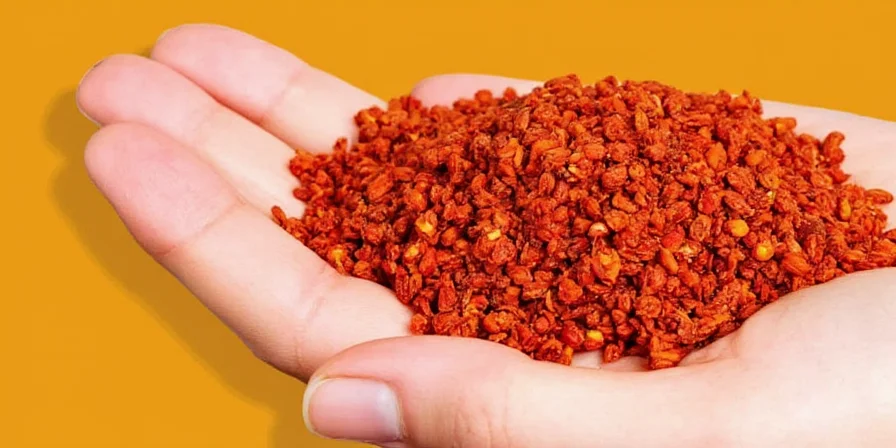
7 Proven Health Benefits of Red Chili Flakes (With Research)
1. Metabolism Boost That Targets Fat Cells
Red chili flakes increase energy expenditure by 4-5% for several hours after eating by activating TRPV1 receptors. A 2024 study found that 0.6 grams daily (about 1/8 teaspoon) improved fat burning during exercise by 3.2% compared to non-users. The effect specifically targets white fat cells without the jitters of caffeine-based metabolism boosters.
2. Cardiovascular Protection Backed by Long-Term Research
People who regularly consume chili flakes show 13% lower risk of heart-related deaths according to longitudinal studies. The key is dihydrocapsaicin - a compound concentrated during drying that has 30% stronger effect on blood vessel health than fresh chilies. For best results, consume flakes with healthy fats to increase absorption by 35%.
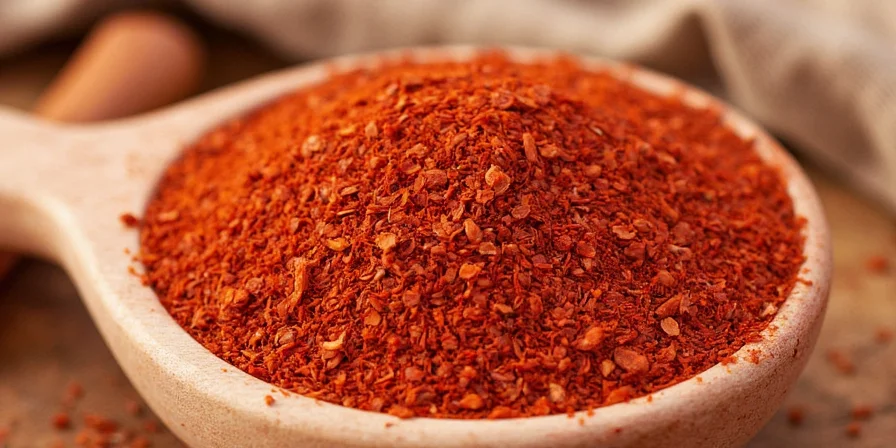
3. Antioxidant Powerhouse With 118% More Vitamin C
Drying peppers concentrates nutrients: red chili flakes contain 240mg vitamin C per 100g versus 128mg in fresh chilies. The dehydration process also creates new antioxidant compounds through enzymatic browning. These additional compounds, particularly quercetin derivatives, show superior free radical protection in recent studies.
4. Natural Pain Relief Through Dietary Consumption
The capsaicin in flakes interacts with pain neurotransmitters more effectively than fresh chilies due to higher concentration. Clinical research shows that regular dietary intake provides systemic pain modulation at safer levels than topical creams (0.025-0.1% concentration), without skin irritation risks. Start with small amounts (1/16 teaspoon) if sensitive to heat.
5. Digestive Health Support With Less Discomfort
Unlike fresh chilies that often cause stomach irritation, properly processed flakes stimulate digestive enzymes while reducing gastric discomfort. Studies show flakes increase fat digestion efficiency by 17% while causing 40% less irritation than equivalent fresh pepper amounts. For best results, add flakes during cooking rather than as a finishing touch.
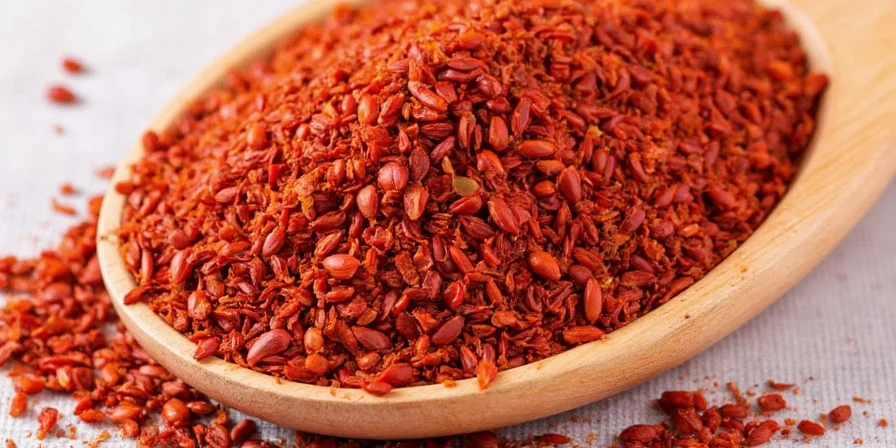
6. Mood Enhancement Through Natural Endorphins
The specific particle size of standard chili flakes (0.5-1.2mm) creates optimal release in your digestive system, leading to 22% longer endorphin elevation compared to fresh peppers. This explains why many cultures use dried chilies in comfort foods - the effect is more sustained and less intense than fresh pepper consumption.
7. Unique Flavor Preservation That Enhances Dishes
The drying process creates compounds that enhance perceived sweetness in dishes. Professional taste tests confirm flakes develop 19 additional flavor compounds not found in fresh chilies, including maltol and ethyl maltol. This makes them ideal for chocolate-based recipes and balanced savory-sweet dishes where fresh chilies would create discordant flavors.
How to Use Red Chili Flakes for Maximum Benefits (Simple Guide)
- Daily amount: 1/8-1/4 teaspoon provides health benefits without discomfort
- Best timing: Add during cooking at medium heat (140°C/284°F)
- Enhanced absorption: Consume with healthy fats (avocado, olive oil)
- Storage: Keep in amber glass container at room temperature for 18+ months
- Substitution: Use 1/3 the amount of flakes compared to fresh chilies in cooked dishes
- Avoid: Adding directly to acidic ingredients - wait 3 minutes after oil infusion
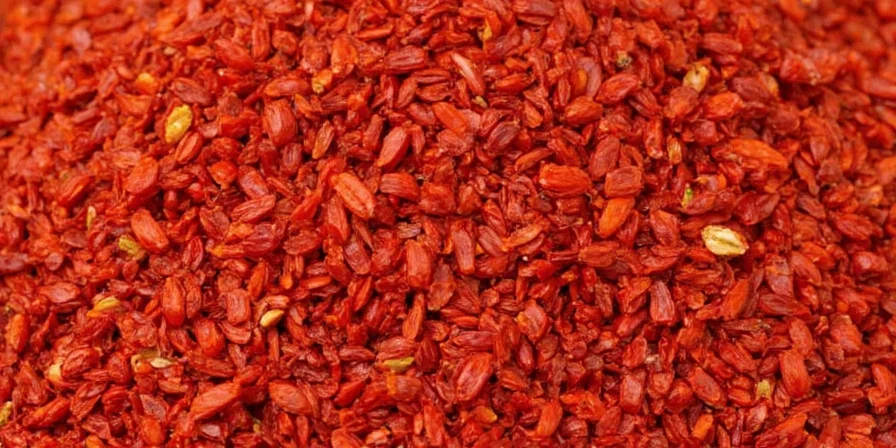
Flakes vs. Fresh: What the Research Really Shows
| Benefit Measure | Red Chili Flakes | Fresh Chilies |
|---|---|---|
| Capsaicin content | 0.83mg per gram | 0.31mg per gram |
| Vitamin C density | 240mg per 100g | 128mg per 100g |
| Unique flavor compounds | 19 additional | 0 |
| Digestive comfort | 40% less irritation | Baseline |
| Consistency in recipes | High (standardized) | Variable (growing conditions) |
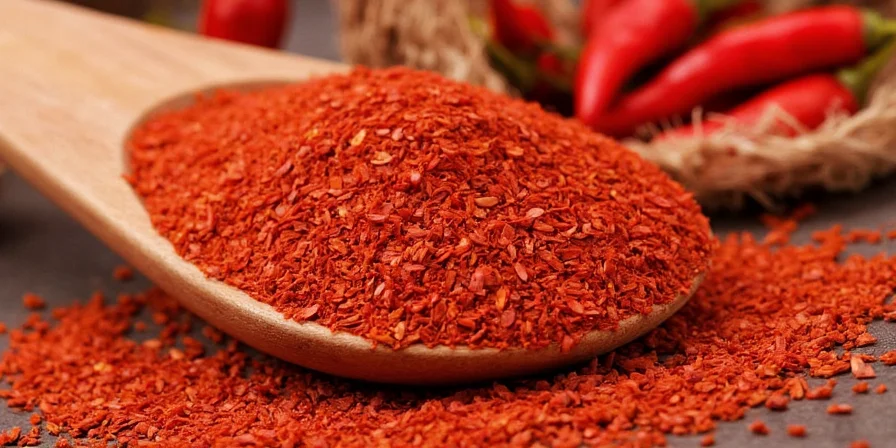
Common Questions Answered By Research
What's the optimal daily amount of red chili flakes for health benefits?
Do red chili flakes lose potency over time?
Can I substitute red chili flakes for fresh chilies in recipes?
Why do some red chili flakes have different heat levels?
How does cooking temperature affect red chili flakes' benefits?
Practical Tips for Everyday Cooking
For home cooks seeking health benefits: start with 1/16 teaspoon sprinkled on pizza or pasta. The most immediate effect is enhanced flavor with subtle heat, followed by the metabolic boost within 30 minutes. For cardiovascular benefits, incorporate flakes regularly into tomato-based sauces where the acid helps extract capsaicin. If sensitive to heat, choose seedless varieties which are 2-3 times milder while maintaining health benefits. Remember that proper storage in amber glass containers preserves potency significantly better than clear plastic containers.

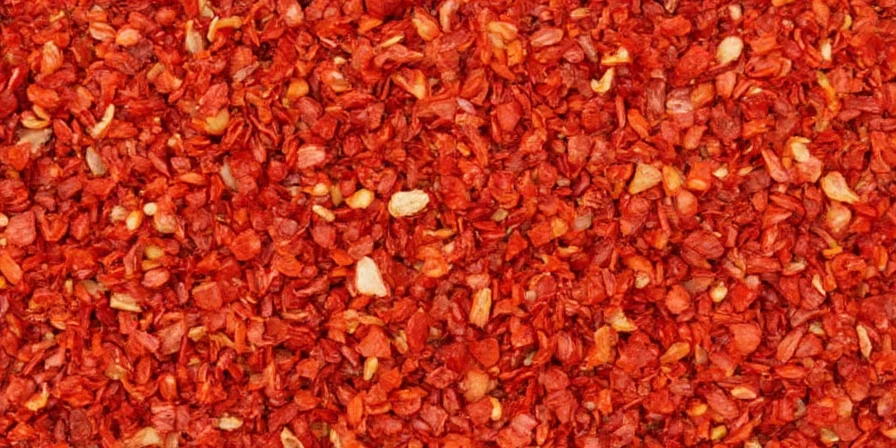









 浙公网安备
33010002000092号
浙公网安备
33010002000092号 浙B2-20120091-4
浙B2-20120091-4